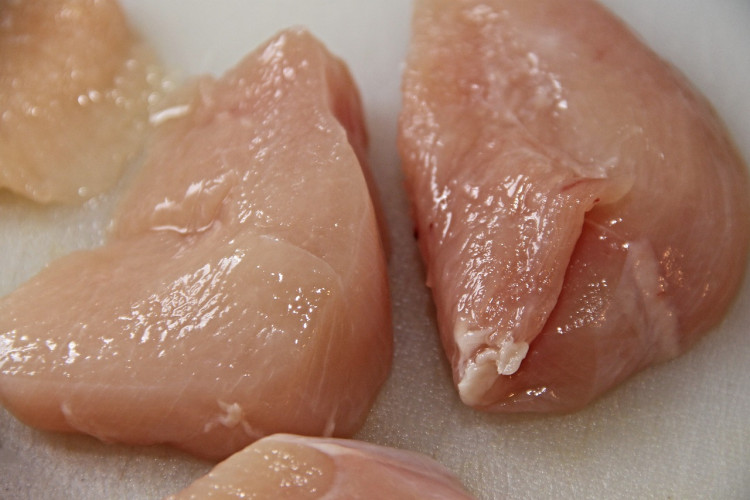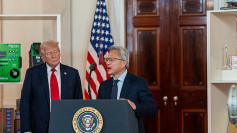The U.S. Department of Agriculture's (USDA) Food Safety and Inspection Service (FSIS) has unveiled a proposed rule aimed at significantly reducing Salmonella contamination in raw poultry products. This initiative, confirmed on July 29, represents a substantial effort to address public health concerns related to Salmonella infections, which affect millions of Americans annually.
The proposed regulation would establish final product standards to limit Salmonella levels to 10 colony-forming units (CFU) per gram or milliliter. Additionally, any detectable level of specific Salmonella serotypes-Enteritidis, Typhimurium, and I,4,[5],12:i:- in chicken, and Hadar, Typhimurium, and Muenchen in turkey-would prevent the products from entering commerce. This move is a strategic effort to curb the prevalence of Salmonella in poultry, which remains a significant source of foodborne illness in the United States.
J. Emilio Esteban, USDA Undersecretary for Food Safety, emphasized the scientific foundation of the new rule. "The proposed Salmonella framework is grounded in data and rigorous scientific evaluation, and it reflects feedback from extensive stakeholder engagement," Esteban stated. He encouraged stakeholders to submit comments and relevant data to help finalize the regulatory policies.
According to the Centers for Disease Control and Prevention (CDC), Salmonella bacteria cause one million infections annually in the United States. In 2021, FSIS estimated there were approximately 125,000 chicken-associated and nearly 43,000 turkey-associated illnesses. Despite reductions in Salmonella contamination in poultry products over recent years, the rate of associated illnesses has not shown a corresponding decline, prompting the need for these new measures.
The proposed rule also requires poultry establishments to implement a microbial monitoring program to prevent pathogen contamination throughout the slaughter process. This approach aims to create a more proactive and preventive system, ensuring safer food for consumers.
The National Chicken Council (NCC) and the National Turkey Federation (NTF) have responded to the proposed rule with cautious support. Ashley Peterson, Ph.D., NCC Senior Vice President of Scientific and Regulatory Affairs, expressed concern over the potential economic impact. "We support changes in food safety regulations that are based on sound science, robust data, and are demonstrated to positively impact public health. However, we are concerned this proposal is not based on any of those," Peterson said. She added that the proposed regulation could significantly increase the price of chicken at a time when inflation is already a concern for many Americans.
Similarly, a spokesperson from the NTF emphasized the need for science-based standards. "NTF believes any standard should be science-based and should not impose unnecessary costs and product destruction for members of the US turkey industry. We are committed to continuing our engagement with FSIS to develop comprehensive strategies that will advance this crucial priority," the spokesperson stated.
The FSIS has been gathering data and conducting research to inform the new rule. This includes working with the National Committee on Microbiological Criteria for Food to provide guidance on microbiological criteria and conducting risk assessments for pathogenic Salmonella subtypes in poultry. The agency has also launched an exploratory sampling program for young chicken carcasses to generate microbial data and improve its Salmonella testing program.
Agriculture Secretary Tom Vilsack hailed the proposed rule as a historic step forward in food safety. "Far too many consumers become sick from poultry contaminated with Salmonella, and today's announcement marks a historic step forward to combat this threat," Vilsack said. He described the framework as a systematic approach to addressing Salmonella contamination at poultry slaughter and processing stages.
In April, FSIS declared that Salmonella would be considered an adulterant in raw breaded stuffed chicken products exceeding a threshold of 1 CFU per gram. The current proposal builds on that determination, extending stringent standards to a broader range of poultry products.
The FSIS is seeking public comments on the proposed rule, which must be submitted within 60 days of its publication in the Federal Register. This feedback will be crucial in shaping the final regulatory policies aimed at reducing Salmonella-related illnesses and enhancing food safety for consumers.






